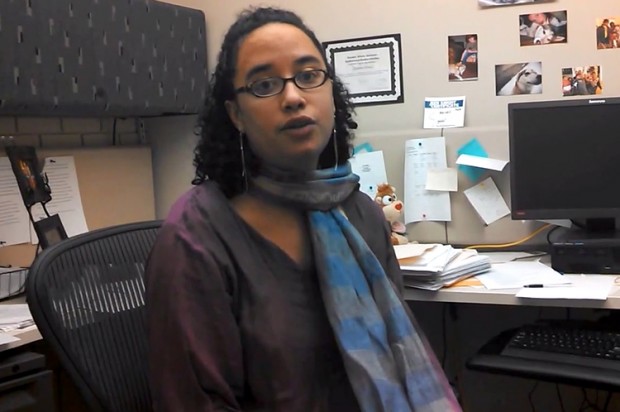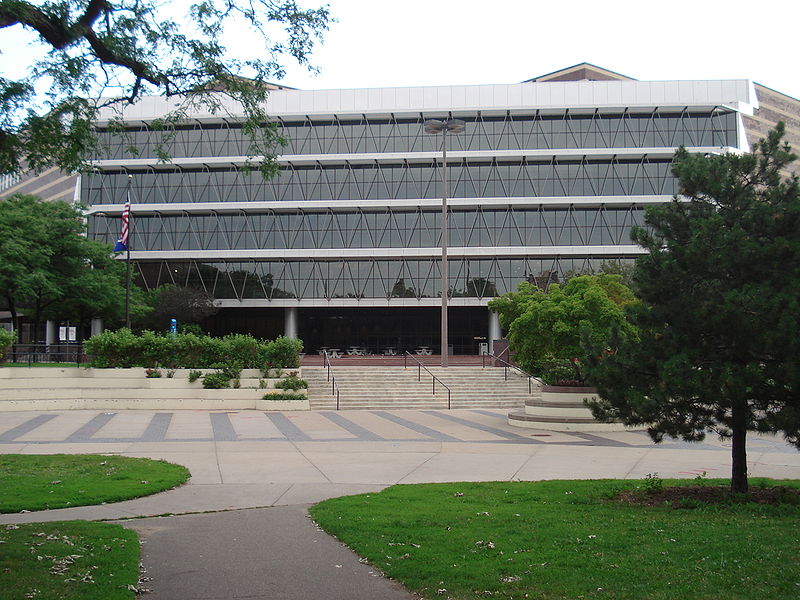“Three white college students file racial discrimination complaint against professor over lesson on structural racism” The Salon headline from yesterday reads like my personal nightmare. In fact, Shannon Gibney’s account of what happened in her classroom reads like what I can only guess is the personal nightmare of any educator who teaches their students to critically think about hegemonic social power.

Gibney, a professor at Minneapolis Community and Technical College, started a discussion on structural racism in her Intro to Mass Communications class when multiple white students complained, “Why do we have to talk about this in every class?”. Gibney gives her first hand report of what happened next in an interview below:
“You guys are taking it personally. This is not a personal attack. We’re not talking about all white people- you white people in general. We’re talking about whiteness as a system of oppression.” I’ve said almost that exact same thing to my own students. And yet I know that some of my students still do take it personally. I’ve experienced first hand students stubbornly clinging to an individual-centered understanding of the world despite my attempts to open their eyes to the social structures that all individuals operate within.
In fact, as I listened to Gibney I kept thinking, I’ve said the exact same things. I’ve been in situations like that before. Oh my god, that could be me. But… to be honest, it couldn’t.
My White Male Privilege in The Classroom
Do a Google Image search for the words college professor (or just click here) and what do you see. A lot of faces that look a lot like mine. When I walk into the room, I’m willing to bet, no one thinks, “oh god. A white guy, I wonder if he’s qualified. He must have been an Affirmative Action hire.” I’ve written about this before as have others. Regardless of what I do, I am the embodiment of authority. My credibility, authenticity, and trustworthiness are rarely if ever questioned.
When I challenge my students to critically analyze white supremacy, patriarchy, heteronormativity, etc. no one says, “well of course you said that because you are…”. No one says I have a political agenda or an axe to grind. In fact, I often get kudos for doing it. I’m seen as a sort of selfless freedom fighter. Because of my social privilege I often am able to walk right by my students resistance, neutralize their rhetorical strategies, and be heard. It’s not because I’m a better teacher (note that some critiques of Gibney have argued she’s a poor teacher). It’s because I’m a cisgender, hetero, able-bodied, middle class, white male.
And now lets put some empirical meat on these anecdotal bones. Studies find that people of color are disproportionally tasked with teaching required diversity classes where challenging social privilege is more likely to happen (Alex-Assensoh 2003). A qualitative analysis of students’ comments on student evaluations of instruction found that women, especially women of color, were more likely have their authority questioned and to be seen as biased or affected by their personal politics (Perry et al. 2009; Schueths et al. 2013). This is just the tip of the empirical iceberg, but it’s clear that, like we’ve always taught our students, an individual’s social location and the social contexts they operate in affect their experiences.
What Can We Do With All of This.
First, David Mayeda on our Facebook page suggests starting a letter writing campaign in support of Gibney and I think that’s a great start. But more than anything else, let’s stop pretending that social privilege ends at the threshold of our classroom. To my fellow faculty of privilege, let us own our privileges, even if we are uncomfortable with them and even if we are attempting to subvert the systems that privilege us. Personally, I’m going to read this story and remember that I am not Shannon Gibney; in fact my experience is probably closer to the three white men who filled the complaint. And then I’m going to work from there.
References:
Alex-Assensoh, Y. 2003. Race in the academy: Moving beyond diversity and toward the incorporation of faculty of color in predominantly white colleges and universities. Journal of Black Studies 34, no. 1: 5–11.
Perry, Gary, Helen Moore, Crystal Edwards, Katherine Acosta and Connie Frey. 2009. “Maintaining Credibility and Authority as an Instructor of Color in Diversity-Education Classrooms: A Qualitative Inquiry.” The Journal of Higher Education 80, no. 1: 80–105.
Schueths, April M., Tanya Gladney, Devan A. Crawford, Katherine L. Bass, and Helen A. Moore. 2013. “Passionate Pedagogy and Emotional Labor: Students’ Responses to Learning Diversity from Diverse Instructors.” International Journal of Qualitative Studies in Education 26, no. 10: 1259–1276








